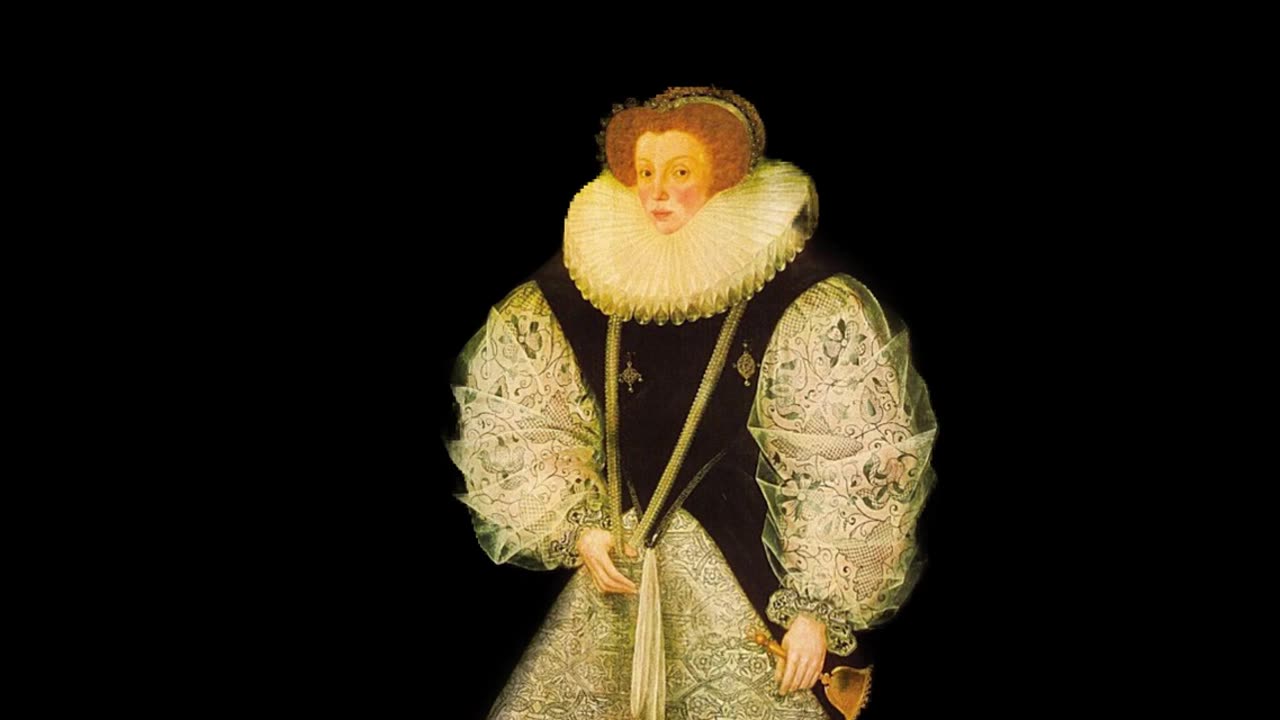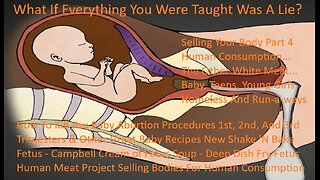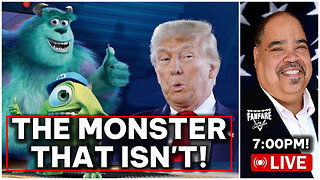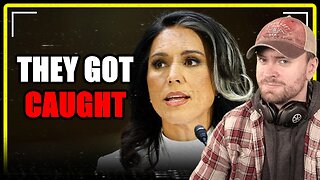Premium Only Content

Black Monarchs of the British Isles, Pt.1 Until 1603 English and Scottish Crowns were Separate
The purpose of this video is to expose the truth behind the appearances of the noble stocks of Britain and Scotland. As we do in every video, we will provide evidence based from texts, and use analysis based on visual aids and imagery.
Until 1603 the English and Scottish Crowns were separate, although links between the two were always close - members of the two Royal families intermarried on many occasions. Following the Accession of King James VI of Scotland as King James I of England to the English Throne, a single monarch reigned in the United Kingdom.
The last four hundred years have seen many changes in the nature of the Monarchy in the United Kingdom. From the end of the 17th century, monarchs lost executive power and they increasingly became subject to Parliament, resulting in today's constitutional Monarchy.
Royal titles are complicated because in some cases names of kingdoms are used that did not officially come into existence until later, or came into existence earlier without immediate adoption of the royal title.
In 1328, on the death of the French king, Charles IV, Edward III (nephew of Charles IV) claimed the French throne. English monarchs, and subsequently British monarchs, then styled themselves King of France or Queen of France until the Act of Union 1800, which led to the creation of the United Kingdom in 1801. By then France had been a republic for ten years. (See English claims to the French throne.)
Since 1559 English monarchs, and subsequently British monarchs, have also had the title Supreme Governor of the Church of England.
Note that the numbering of English monarchs starts afresh after 1066 (although this affects only the Edwards).
All Scottish monarchs held the title King of Scots or Queen of Scots, with the exception of the last three: Mary II, William III and Anne I used the style "of Scotland" rather than "of Scots".
In October 1604, one year after James VI of Scotland had become King of England, he decreed that the Royal Title would use the term Great Brittaine to refer to the "one Imperiall Crowne" made up of England and Scotland . However using that title is problematic because the 'state' of Great Britain was not created until the Act of Union 1707. Nor was the united crown generally referred to as 'imperial'. To avoid confusion, historians in general thus refer to all monarchs up to 1707 as monarchs of England and Scotland. Thus James II of England was also James VII of Scotland; and William III of England was also William II of Scotland. Many English and British monarchs also claimed France as part of their official title, though this had no substance in reality. After the Union, the ordinal has been the English number (for "George", "Edward" and "Elizabeth") and, until recently, there was no formal rule (see List of regnal numerals of future British monarchs).
In different documents, the terms Kingdom of Great Britain and United Kingdom of Great Britain feature, even documents as official as the Act of Union 1707. Most historians presume the United was meant to be descriptive, indicating a union as a form of unity by marriage rather than coercion. For clarity and because the United is far more strongly associated with the later name United Kingdom of Great Britain and Ireland produced in the Act of Union 1800, the 1707 Kingdom is generally referred to as the Kingdom of Great Britain.
-
 11:31
11:31
What If Everything You Were Taught Was A Lie?
6 days agoHow To Kill Your Baby Abortion Procedures 1st, 2nd, And 3rd Trimesters & Other Great Baby Recipes
1.58K6 -
 LIVE
LIVE
SpartakusLIVE
6 hours ago$1,000 Pistol Challenge || #1 ENTERTAINER of The EONS Eradicates BOREDOM
881 watching -
 2:33:37
2:33:37
TimcastIRL
4 hours agoTrump Orders Review of Smithsonian For Being Woke & Out of Control | Timcast IRL
136K45 -
 3:09:10
3:09:10
Barry Cunningham
7 hours agoPRESIDENT TRUMP HAS TAKEN THE MONSTER AWAY FROM THE LEFT! HORROR STORIES WON'T WORK ANYMORE!
57.2K57 -
 1:29:55
1:29:55
WickedVirtue
1 hour agoLate Night Fortnite w/ Friends
13.3K -
 LIVE
LIVE
This is the Ray Gaming
2 hours ago $0.01 earnedCould you be? Would you be? Won't you be my RAYBOR? | Rumble Premium Creator
56 watching -
 1:46:52
1:46:52
JahBlessGames
3 hours ago🎉Come een' and come tru' - VIBES | MUSIC | GAMES
15.1K -
 38:47
38:47
MattMorseTV
5 hours ago $1.10 earned🔴Tulsi just CLEANED HOUSE.🔴
43.7K78 -
 LIVE
LIVE
Reolock
6 hours agoWoW Classic Hardcore | WE'RE BACK!!
211 watching -
 3:46:13
3:46:13
SynthTrax & DJ Cheezus Livestreams
8 hours agoShell Shock Live - The Scorched Earth Remake/Upgrade - 4pm PST / 7pm EST - RUMBLE GAMING
34.4K